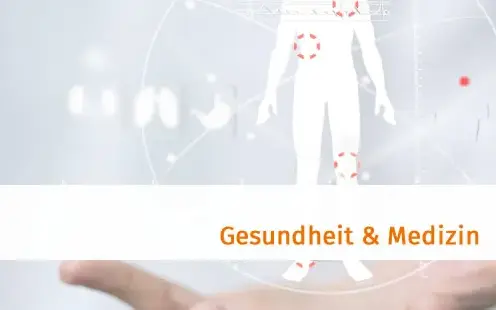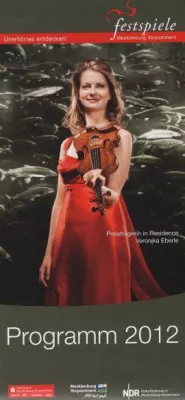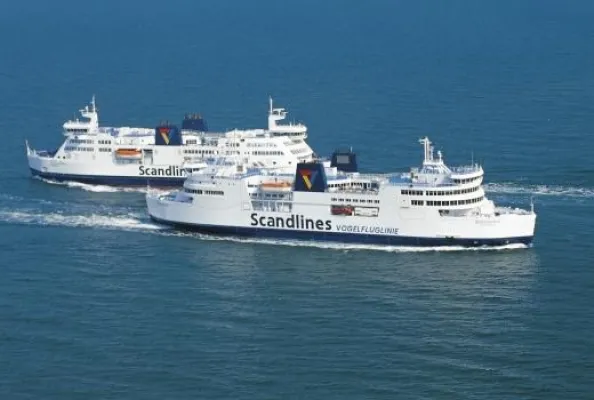(openPR) In about one quarter of elderly patients with hip fractures, in-hospital rehabilitation programmes miss their goal of restoring independence in basic mobility and thus impede the return home after hospital discharge. A Danish study presented today at the EFORT Congress in Copenhagen opens new doors to optimal rehabilitation programmes by suggesting criteria for determining in advance which patients are in danger of remaining immobilised.
Copenhagen, 2 June 2011 - The reestablishment of independent mobility is the foremost goal of rehabilitation following hip fractures. But in 24% of the cases the goal is not met and patients cannot be discharged to their homes at the end of their primary hospitalisation. A Danish study, presented today at the 12th Congress of the European Federation of National Associations of Orthopaedics and Traumatology (EFORT) in Copenhagen, suggests criteria for determining in advance which patients are in danger of remaining immobilised. It could open new doors to optimising rehabilitative programmes.
Independent basic mobility - meaning the ability to walk, to get in and out
Mobilisation as foremost goal following hip fractures
of bed, to sit down and get up from a chair - is a basic precondition for leading one's life autonomously. In losing it, patients also lose essential aspects of their quality of life. They usually need to be institutionalised then, burdening the health care system with the huge costs of care homes. "That's why we need to do everything to prevent such necessity, and now we have an even better data base to effectively do so," said the leading author of the study Morten Tange Kristensen (Copenhagen University Hospital in Hvidovre, Denmark).
Risk factors: Age, type of fracture, and poor mobility prior to the injury
The study tracked 213 consecutive patients with a median age of 82, three-quarters of whom were women. All of them had lived in their own homes before their hip fractures. Fifty patients (24%) did not regain independence in basic mobility following the multimodal fast-track rehabilitation programme in hospital. "The statistical analysis revealed three independent risk factors for remaining immobilised: age, fracture type, and the functional status of mobility prior to the injury," Dr. Kristensen said. Patients with their mobility already impaired before the fracture showed a sixfold risk of not regaining mobility during their stay in hospital, while a fourfold risk was seen in patients who sustained so-called intertrochanteric fractures that are more complicated than the relatively simple cervical fractures. Furthermore, each additional year of age was associated with a 9% increase in the likelihood of not returning home after being discharged from hospital.
Experts want rehabilitation programmes to be adapted to risk profiles
"We can change neither age nor pre-fracture mobility status nor fracture type. But with these data we can determine in advance which persons will likely face mobility problems and optimise their rehabilitation programmes accordingly," the expert said. "We can, for example, try to compensate for the loss in muscle power typical in intertrochanteric fractures through earlier and more intensive strength training. Further studies ought to examine whether this or other interventions can also reduce the influence of oedema at the fracture site, being a co-factor behind the loss of muscle strength."
About EFORT
The European Federation of National Associations of Orthopaedics and Traumatology, EFORT, is the umbrella organisation linking Europe's national orthopaedic associations. It aims at promoting the exchange of scientific knowledge and experience in the field of prevention and both the conservative and surgical treatment of diseases and injuries concerning the musculoskeletal system. It places particular emphasis on education and research.
EFORT was initially established by the national associations for orthopaedics and traumatology from twenty European countries. The Federation was founded in Marentino, Italy, in 1991, thus celebrating its 20th anniversary. Today it has 42 national member societies from 40 member countries, as well as six associate scientific members. EFORT is a non-profit organisation and all funds are used exclusively in the pursuit of the Federation's aims.
--------------------------------------------------------------------------------










